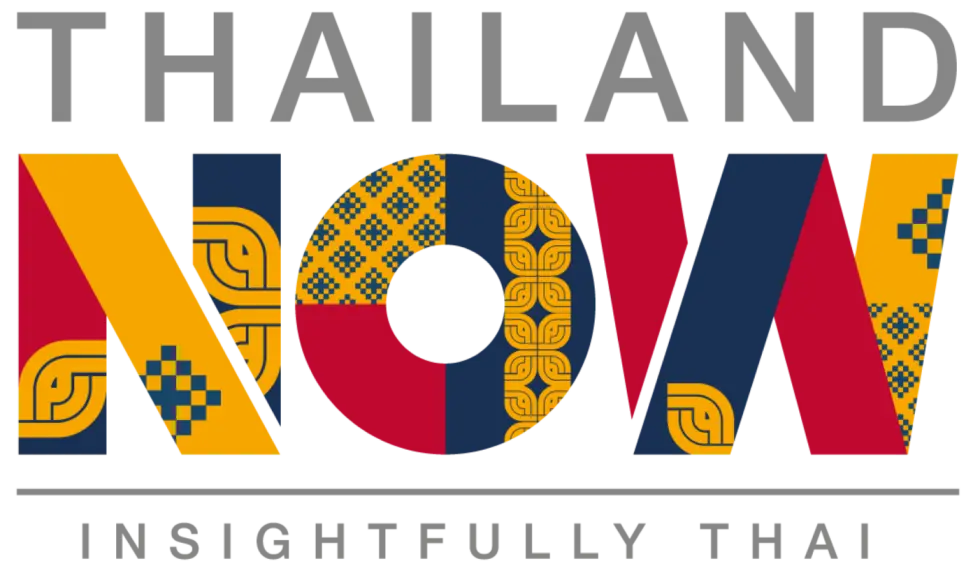Thailand to build Bangkok’s twin in the eastern region
Thailand to build Bangkok’s twin in the eastern region
วันที่นำเข้าข้อมูล 29 ก.ค. 2568
วันที่ปรับปรุงข้อมูล 29 ก.ค. 2568
Thailand’s Eastern Economic Corridor (EEC) has unveiled its most ambitious urban development to date in the form of a THB1.34-trillion “smart city” — also dubbed “Bangkok 2” or “Second Bangkok” — in Chonburi province.
The site spans 14,619 rai (2,339 hectares) in Huai Yai Subdistrict of Bang Lamung District, situated just 10 kilometers from Pattaya’s high-speed train station and 15 kilometers from U-Tapao Airport. The new city is envisioned as a fully modern, flood-safe, and globally competitive eastern twin to the capital.
The urban project, officially named the EEC Business Center and Livable Smart City, aims to transform Huai Yai into a regional financial and innovation powerhouse, while offering an elevated quality of life.
A smart city with a sustainable foundation
Unlike Bangkok’s dense urban sprawl, Huai Yai’s smart city is being developed from the ground up with sustainability at its core. Powered by AI-managed utilities, its infrastructure will incorporate recycled water systems, smart waste treatment, underground utility tunnels, and energy-efficient public transport.
“Thirty percent of EEC Capital City will be green space, such as public parks and water resources,” said Dr. Chula Sukmanop, Secretary-General of the Eastern Economic Corridor Office of Thailand (EECO). “We expected the EEC Capital City to start taking shape in 2030, in time to help Thailand achieve the net-zero goal by the 2050 deadline.”
Land is being divided into development zones and leased for up to 99 years. Phase 1, covering 5,795 rai (927.2 hectares) through 2030, will include a financial district, residential areas, a wellness hub, and a 1,500-rai (240-hectare) sports complex in partnership with the Sports Authority of Thailand.
The city will also serve as a launchpad for five future-facing industries comprising healthcare, digital, automotive, the bio-circular-green (BCG) economy, and service sectors such as tourism and education. Over 200,000 skilled jobs are expected to be created, with room for 350,000 residents, including foreign investors, professionals, and workers of all income levels.
Building toward Thailand’s net-zero future
What sets Bangkok 2 apart isn’t just its scale, but also its long-term vision. As Dr. Chula remarked during a site tour last September, “This area is being prepared for the next 20 years — designed for the next generation.”
By 2037, the city is expected to help drive Thailand toward its net-zero emissions goal, while boosting GDP by THB2 trillion within 10 years. Investor interest is already strong, particularly from Japan, China, and South Korea.
As part of the broader Eastern Aerotropolis plan, the EEC city will alleviate urban congestion in major cities like Bangkok, Pattaya, and Rayong, while supporting the expansion of U-Tapao Airport and positioning Thailand as a key node in global logistics and innovation.
| Source: |  |
Thailand Business Information Center in Taiwan